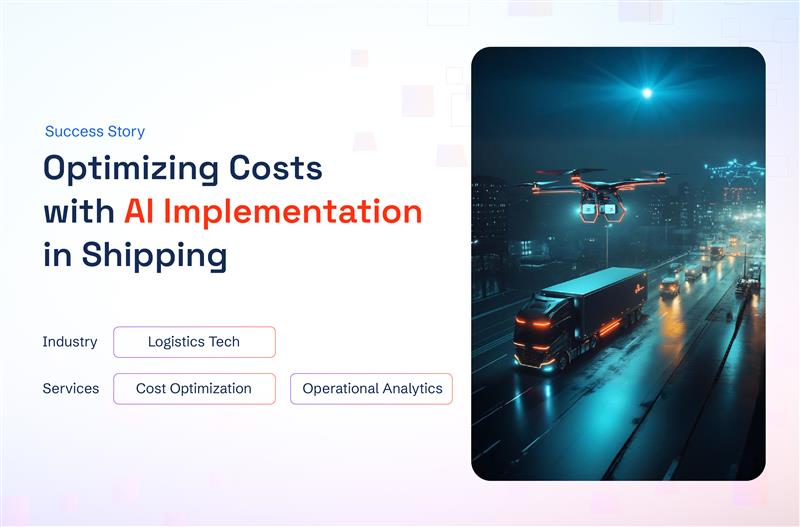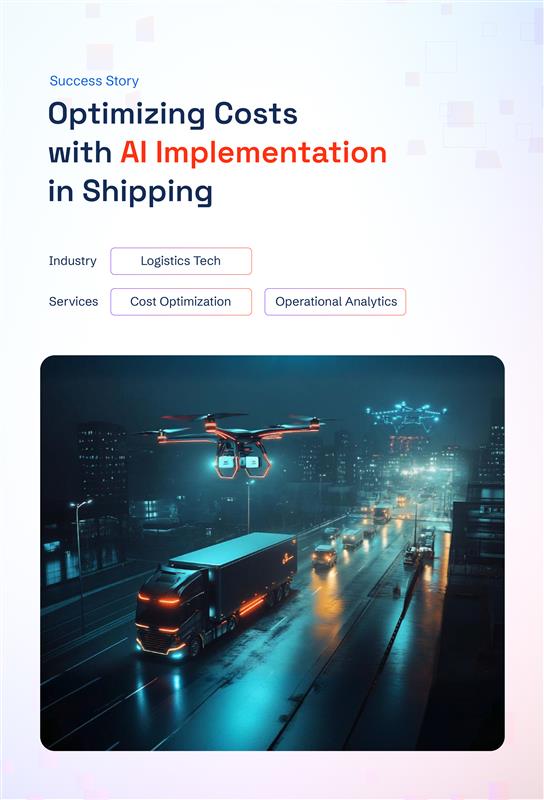AI/ML Services Built for Real Business Impact
Take your business to new heights with our cutting-edge Agentic AI, Gen AI, and machine learning solutions. Unlock unprecedented innovation, expertise, and effectiveness with our transformative technologies.
Client satisfaction rate
Business tasks automated
Fater Time-to-market
Get Started with AI/ML & Gen AI Solutions












Elevating Enterprise Workflows with Agentic AI
We specialize in building AI agents that leverage advanced protocols like MCP and A2A to understand your business context, tackle specific challenges, and uncover new opportunities.
AI-powered document & video analysis
Smart leads sentiment analyzer
Intelligent business information retrieval
Real-time data extraction and visualization
AI/ML Solutions That Address Your Unique Business Challenges
Our AI/ML services are designed to solve real business problems, drive measurable impact, and help you move faster with smarter, data-backed decisions.
Automate Tasks and Enhance Intelligence
AI empowers businesses to automate tasks, improve decision-making, and gain valuable insights from data.
Highlights:
- Automate repetitive tasks, optimizing resources and reducing costs.
- Leverage AI tools to analyze data and generate insights.
- Deploy AI-powered chatbots and virtual assistants for 24/7 support.
Learning from Data to Make Predictions
Highlights:
- Implement ML models to analyze data and identify fraud.
- Leverage ML algorithms to personalize product recommendations.
- Analyze data to identify equipment failures and schedule maintenance.
Personalized Marketing and Recommendations
Generate entirely new content, including text formats like marketing copy, images, and even code.
Highlights:
- Streamlines data processing by automating repetitive tasks.
- Transforms custom code creation and modernizes legacy applications.
- Generate high-quality content, from product descriptions to social media posts.
Case Studies: AI Implementation
See how we help businesses overcome operational inefficiencies with advanced, custom-built Agentic AI and Gen AI solutions designed for real-world impact.
AI/ML & Gen AI
Facilitating AI in Finance Modelling and Forecasting
Impact:
- 25% Reduction in overall risk exposure
- 33% Decrease in financial losses
- 37% Increase in customer base
AI/ML & Gen AI
Transforming Vendor Agreement Processing with LLMs
Impact:
- 82% Reduction in manual processing time
- 75% Increase in cloud integration efficiency
- 90% Boost in vendor selection
AI/ML & Gen AI
Elevating a Mobility Analytical Application with Telemetry Synthesizer
Impact:
- 32% Increase in customer satisfaction
- 45% Decrease in infrastructure related issues
- 74% Reduction in testing time
Maximize Your AI Investment with Our IMPACT Framework
At Kanerika, we leverage the IMPACT methodology to drive successful AI projects, focusing on delivering tangible outcomes.
Tools & Technologies
We leverage advanced tools and technologies to power our agentic AI, generative AI, and ML services.
INNOVATE
Diverse Industry Expertise

BFSI
Simplify loan processing, underwriting, assess risks more accurately, and achieve data-driven pricing strategies.

Retail & FMCG
Improve inventory management, adjust product pricing, and enhance CX with personalized recommendations,.

Manufacturing
Streamline production processes, ensure quality control, reduce downtime, and predict maintenance needs.

Supply Chain
Optimize delivery routes in real-time, minimize costs, and streamline inventory management.
Why Choose Kanerika?
Trusted by leading organizations, our AI/ML expertise and commitment to innovation set us apart. Experience the transformative power of AI with a partner you can rely on.
Our AI/ML experts combine deep industry insights with advanced tools to deliver custom solutions that create real, measurable impact.

We tailor AI/ML strategies to your unique needs, ensuring seamless integration with your existing operations.

We continually evolve our AI solutions to keep them effective, efficient, and aligned with the latest advancements and market needs.

Empowering Alliances
Our Strategic Partnerships
The pivotal partnerships with technology leaders that amplify our capabilities, ensuring you benefit from the most advanced and reliable solutions.



AI/ML can enhance operational efficiency, personalize customer experiences, optimize decision-making, predict trends, automate tasks, and drive innovation, ultimately leading to improved productivity and competitive advantage.
AI refers to the broader concept of machines performing tasks that typically require human intelligence. ML is a subset of AI that uses algorithms to learn from data. Generative AI goes a step further, creating new content like images and text.
AI/ML solutions are scalable and can benefit businesses of all sizes. We can tailor a solution to your specific needs, whether it’s automating basic tasks or developing a complex predictive model.
Data security and privacy are top priorities. AI/ML solutions can be designed with robust security measures to protect sensitive data, including encryption, access controls, and compliance with data protection regulations.
Yes, AI solutions can be seamlessly integrated with existing systems and workflows to enhance efficiency and productivity. Our experts ensure smooth integration and minimal disruption to your operations.
The timeline depends on the complexity of your project. We’ll work with you to establish realistic expectations based on your specific needs.
The timeline for seeing results varies based on the complexity of the solution and the specific goals. Typically, businesses can start experiencing benefits like improved efficiency and insights within a few months of implementing AI solutions.
We offer ongoing support to ensure your AI solution continues to deliver value. This includes monitoring performance, updating algorithms, troubleshooting issues, and providing training for your team to maximize the benefits of AI technologies.
Ethical considerations are paramount in our AI solutions. We adhere to ethical AI principles, ensure transparency in algorithms, and implement measures to prevent bias, promoting responsible and fair use of AI technologies.
Costs vary depending on project scope. We offer flexible pricing models to fit your budget and can provide a personalized quote after understanding your needs.
Contact us for a free consultation! We’ll discuss your goals and develop a customized AI strategy to help your business thrive.
Kanerika’s Agentic AI solutions go beyond rule-based automation by enabling AI agents to understand context, make decisions, and carry out complex tasks with minimal human input.
Yes. Our Agentic AI services are tailored to fit your specific workflows, systems, and goals, ensuring the solution aligns seamlessly with your operational needs and delivers measurable impact.


